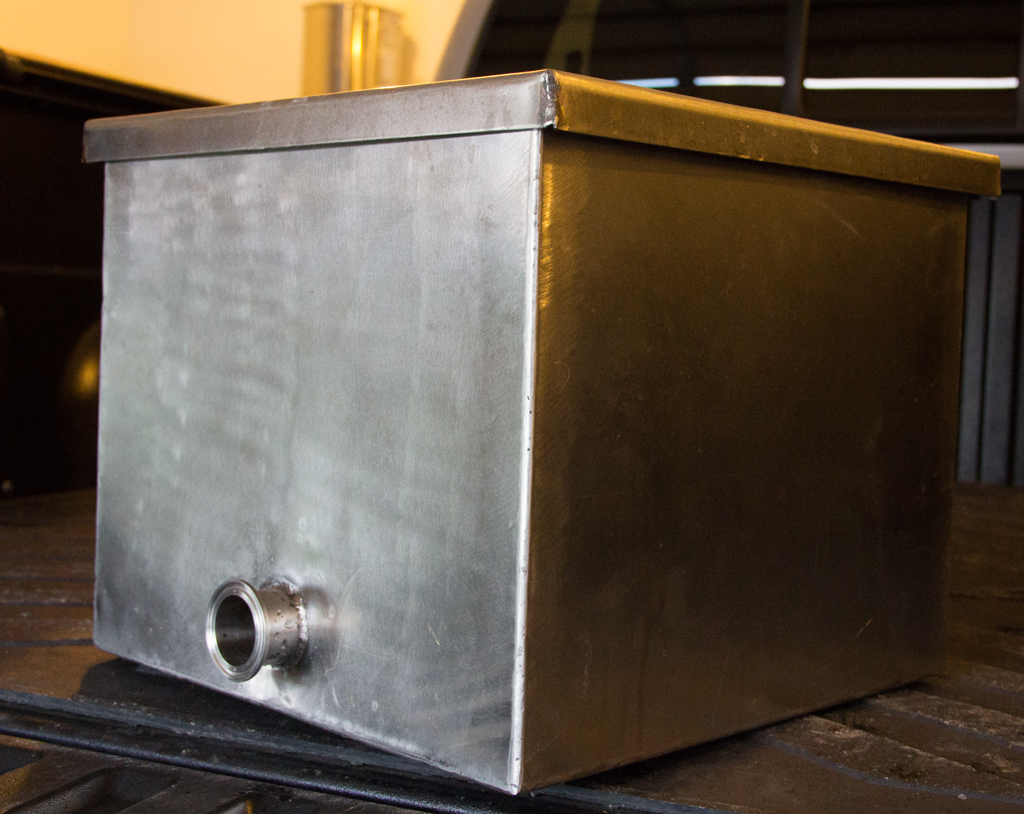Interesting discussion guys, I'm enjoying following it. As far as I know, Black Sheep's rousing regime - and the reason for all such systems - is simply to reintroduce wort with floc'ed out yeast. This is peculiar to their yeast, and others like it, that floc so readily. I think it's also important to note that they're not just rousing, but rousing with floc'ed yeast splayed out across a false floor - so I
think anyway, this basically forces yeast and wort to hang together some measure more than in the case where they simply pump wort back up and over, in an open vessel without the true Yorkshire Square system, with a false floor, organ pipes, etc.
I definitely believe it has nothing to do with economy, as they take such pride in saying it's this kind of care that lends their beer a distinctive character. So they've told Michael Jackson and others, anyway.
And Northern, agree, on the conditioning. After their slow cool of a few days, a rest in the open a further couple of days, the conditioning at cool temp, and then off to the cask. So that is evidence there's quite a bit going on all the way through. I recall how much I rued I didn't have in place such a closeness with my beer, my yeast, that I could say, "plenty of sugar, plenty of yeast" to send it to cask without any added yeast or priming. That's tight, to me. Though I note he did mention a yeast count so it seems they do make sure there's enough going in?
Something I just picked up somewhere - because to hear him say they slow cool to 10C as a kind of "diacetyl rest - is that they like to do a slow cool down and long cool conditioning because they fear too much time at primary fermentation temps will essentially scrub too much away, the estery and other notes they cherish in their ales. It's unique, or seems to to me, and I'd like to ponder on this a bit.
For my own efforts, unfortunately this is going to be a long build for me, one that I have to do in stages. Medically and financially (funny how those two can be related) there are reality checks to my surging ambitions. Once again, someone here (sorry, whoever it is, can't recall) built this:
And I intend to do it as well. I intend to rouse, with a fishtail if I can fashion it, but otherwise with something that can give as violent a spraying as I can get. For the time being, I am thinking I'll ferment in my Spike MLT, actually, which is set up pretty well.
The real issue for me is finding a way to make our garage work - some kind of fermentation chamber - or having to grab my son to help haul the heavy vessel with 12ish gallons in it, downstairs to the basement where there's a decent chamber already in place, one I used for cheesemaking. But if we have to haul inside, that means a transfer from the BK to something like a keg, then a transfer from the keg to the open fermentor, and I'm not very sanguine about the double transfer. I'd vastly prefer just to roll the fermentor into a garage chamber, but the garage is really far from being ready for anything like that.
So, basically saying, if anyone has any thoughts that spring up on how to handle this open fermentation when brewing outside, wide open to them. Thanks again!





























![Craft A Brew - Safale BE-256 Yeast - Fermentis - Belgian Ale Dry Yeast - For Belgian & Strong Ales - Ingredients for Home Brewing - Beer Making Supplies - [3 Pack]](https://m.media-amazon.com/images/I/51bcKEwQmWL._SL500_.jpg)





























